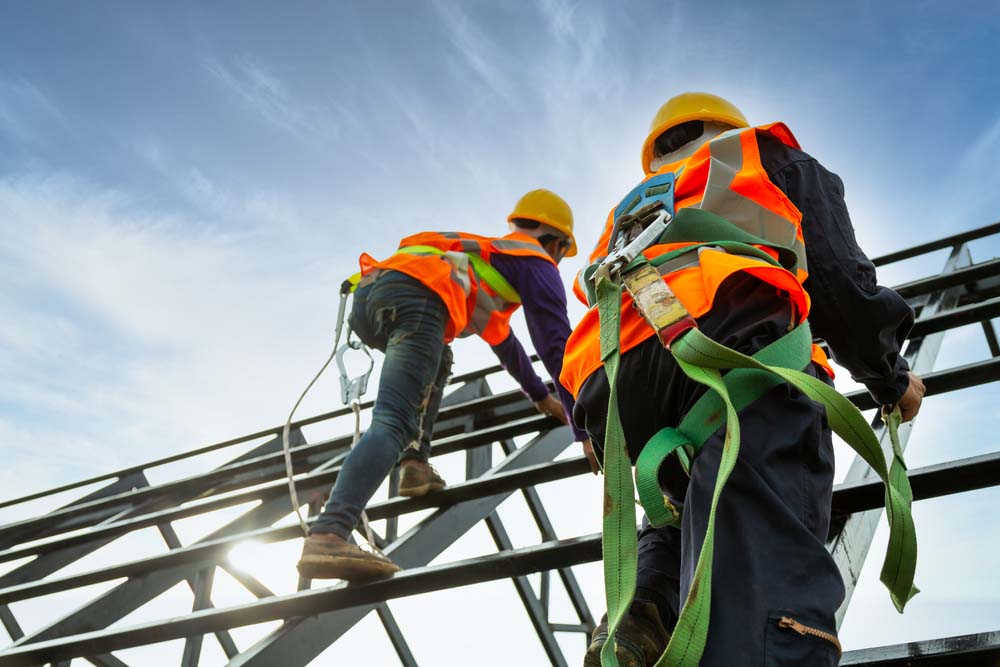
Scaffolding Safety: Three Rules You Should Always Follow
When working with aluminium scaffolding, it’s important to make sure that safety always comes first. Good, common-sense safety rules are very important to any kind of construction project in order to keep things running smoothly. Not only do they minimise the chance of serious accident or injury, but they can also help to lay in a healthy expectation as to what is and isn’t appropriate on-site.
Today, we’ll be going over three basic scaffolding safety rules you can implement to encourage a better environment and minimise accidents in the long run.
1. Use The Correct Type Of Scaffolding
Before you can start, you have to make sure you’re using the best type of scaffolding for the job in hand. There are many different kinds of scaffolding with various advantages and disadvantages.
In some cases, using the wrong type of scaffolding can be a relatively minor inconvenience, but in others, it can be quite dangerous, particularly if this risks the stability of the surface on which workers are standing. Although generally secure for most purposes, aluminium scaffolding can require specific types of reinforcement depending on when and how you’re using it.
Furthermore, if the type of scaffolding you’re using is not appropriate to the job at hand this could inconvenience workers encouraging them to take unnecessary risks.
2. Don’t Attempt To Carry Too Much
Aluminium scaffolding is pretty sturdy, but your back isn’t. Although, in the short term, it might not seem like too much of a risk, in the long term, regularly attempting to carry too much weight up ladders can lead to major health problems.
In part, this is about learning to lift properly – with your knees, not your back – but ensuring that the aluminium scaffolding you’re using is set up properly can also help a lot. That means making sure you have enough ladders in the right places, relative to where you’ll be working and where heavy loads will need to be transported to.
3. Always Wear Appropriate PPE
When working on aluminium scaffolding, the importance of ensuring that correct PPE is worn at all times is an absolute must. If you’ve worked on enough building sites then you’ll know only too well the importance of good PPE.
Good PPE, such as hard hats and high visibility jackets, has saved more than a few lives and seriously cuts down the risk of injury. It’s a small but vital safety step that’s well worth implementing.
At the end of the day, the most important thing about scaffolding safety is to ensure that everybody works responsibly and to communicate well with the whole team. If there are concerns, then it’s always better to hear them sooner rather than later to ensure that you have a safe, secure building site.
